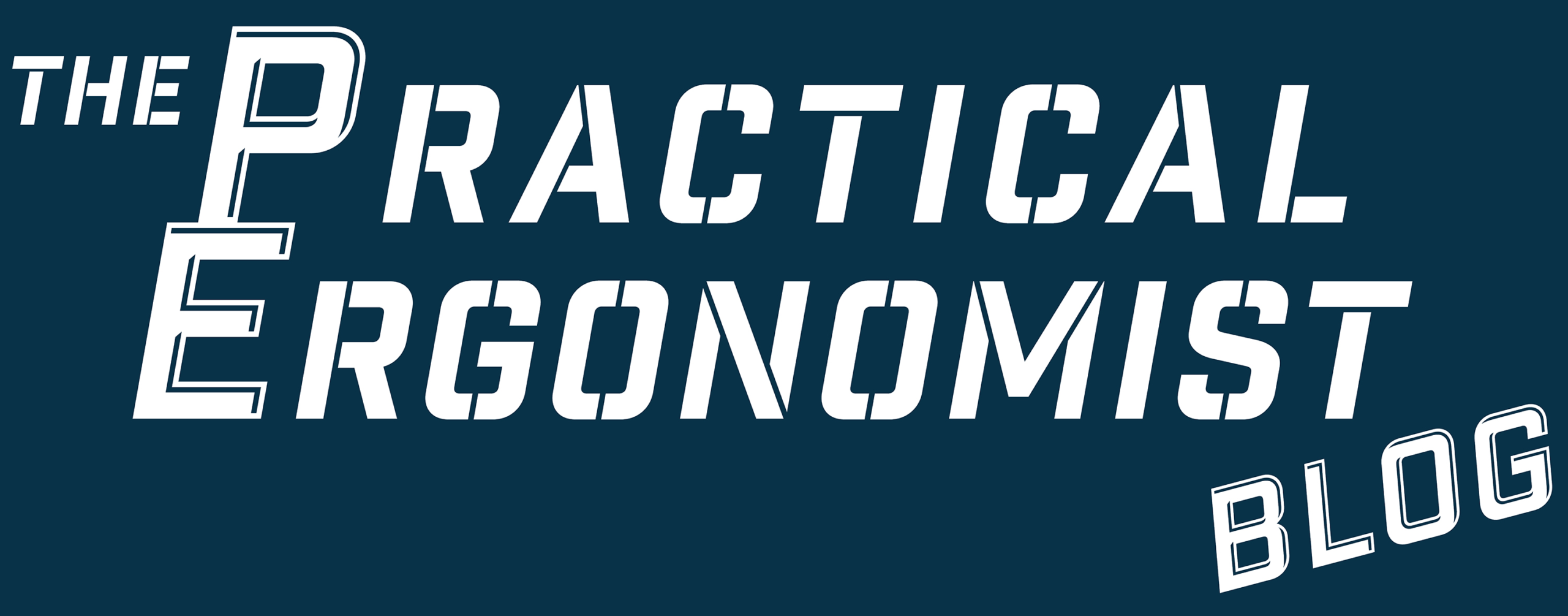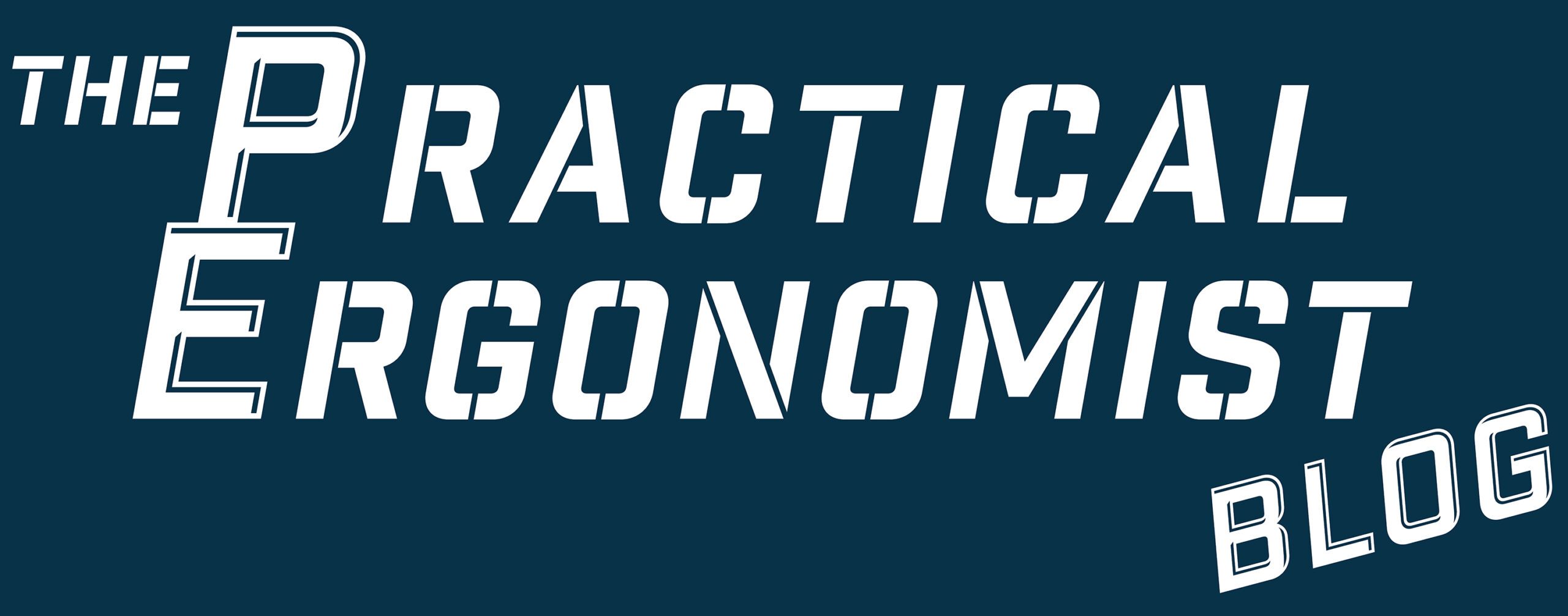Headaches, dry eyes, watery eyes, blurred vision, irritability, insomnia. What could be the reason for any of these conditions? Your screen may be too bright. In this review, I’ll address how our constant viewing of digital screens may be the cause of these issues and tips on how to prevent them.
Not interested in the background? skip the background and click here to go right to the suggestions.
I personally spend way too many hours fixated on screens ranging from the TV, tablet, cell phone, watch, and laptop. On average, we spend 7 hours per day looking at screens. Let’s think about that for a minute. That’s 29% of our total day or about 44% of our awake time. Face it, you’re looking at the screen right now . . .
Our Eyes

Our eyes are amazing organs. They help us perceive color, they help us focus on near and far objects, and they adjust for lighting conditions while sending all of these signals to our brains for processing.
Many of these functions of our eyes are controlled by muscles. As with any muscle, overuse leads to fatigue. Fatigue opens the door to the symptoms that affect the way that we feel and how we work.
Symptoms of Eye Strain
Symptoms of screens being too bright can range from a general feeling of fatigue, headaches, watery eyes dry eyes, blurred vision, irritability, and the inability to fall asleep (insomnia). There are potentially multiple continuing factors to these symptoms, but let’s focus on one: bright screens and the light that they emit.
When light shines into our eyes, our pupils constrict (get smaller) to let less light enter our eyes. In dim areas, our pupils dilate (or get bigger) to allow light to enter our eyes. This pupillary response is controlled by small muscles in our eyes. As with all muscles, when overused or overworked, those muscles will fatigue which again could lead to one of the beforementioned conditions.
Too much light is likely a bigger problem than too little light. But low light can still be an issue. Low light levels may cause us to reach to our eyes which results in a squinting focus or we get closer by reaching out by extending our neck bringing our face closer to the screen. We already have an issue called “tech neck” and do not need more poor habits added to our already poor head and neck postures.

Prolonged Squinting
When exposed to too much light, our natural response is to squint. We use our eye lids to restrict light from entering our eyes while our pupils constrict. The muscles surrounding the eye sockets contract when we squint. In ergonomics, when we hold a posture for an extended time duration, we call it static loading. Short term, not usually an issue. Long term static loading of muscles creates an issue. In this case, fatigue and headaches are likely going to be the primary culprits.

The good news is that we have a good deal of control over the amount of light that enters our eyes from an environmental perspective (example: lighting, window coverings) and from a device perspective. Let’s explore what our options are.
#1 Turn down screen brightness
Nearly all of our digital device screens have a brightness setting. Over the years, I have made the observation that most people have their screens brighter than they need to be. On phones and tablets, the automatic brightness settings work pretty good. Laptops, standalone computer monitors, and TV screens rarely have the automatic brightness settings.
This is a big one, especially at night. You know how the whole movie theater illuminates when someone turns their phone on? This scenario demonstrates how bright a light source appears in a dark room. When you are laying in bed at night with the lights off and you look at your phone, the same thing happens. Your pupils are huge (from being in a dark room) and then you basically turn on a relatively bright light source. You will squint and your eyes will strain as your pupils quickly adjust to the light.

Adjusting Brightness Settings
Adjusting most screen brightness levels is usually in the “options” or “settings” menus on tablets, cell phones, and TV’s. On standalone computer monitors, there are buttons on the monitor itself that get into the settings where brightness can be adjusted. As a rule of thumb, the brightness of the screen should match the surrounding light levels. Easier said than done, but make an effort to get close.

How to Check Screen Brightness
Here’s a quick check that I do during ergonomics observations. I hold my hand about 12 inches from the screen. I look for light emitting on my hand coming from the screen. If the screen lights up my hand, the screen is probably too bright.

Adjust Brightness First, then Adjust the Contrast Settings.
Turn your brightness down as far as tolerable on TV’s and computer monitors. If they look a little too dull, try increasing the contrast settings. This will make the dark darker, and the lights lighter.
Default Settings on New Screens
Default settings on screens from the manufacturers are set to look really good out of the box. Generally they are emitting too much light and need to be turned down. Calibrating your screen is the first thing to do when you get a new screen – adjust settings as needed for you and your space. If you do graphical editing, you may require certain levels of brightness and contrast for color correctness on the screen. Keep reading to learn what else you can do to help reduce eye strain.
Adjusting Screen Brightness on Laptops
Commonly found on the top “F” row of keys, there are symbols that look like the sun. These shortcut keys will increase or decrease your screens brightness.



#2 Use dark themes
In the theme settings, try one of the darker themes. This will result in less light output. The dark screen will emit less light that the light or white themes.


#3 The “20-20-20 Rule”
Every 20 minutes look 20 feet away for 20 seconds. It’s really that simple. Repeat more often as able. Set a timer to help remind you. This provides your eyes with a short microbreak.
#4 Task Lights
Dark room and bright screen. Increase your surrounding light. Get a task light for your desk to equalize ambient light with light coming from the monitor so your eyes don’t have to do as much adjusting. I use these task lights from Amazon on my desk.

#5 Window Coverings
Rising and setting sunlight can wreck a perfectly adjusted screen. Close the curtains or get some level of light filters to block it out as needed.

#6 Blue light Eyewear and Other Corrective Lenses
Consult with your optometrist to determine if either of these options are good. The blue light eyewear options claim to filter the blue light spectrum which can help alleviate computer vision syndrome.
Final Thoughts
We need to take care of our eyes. Making small changes can have a big impact on not only our eye health, but will affect how we feel and affects our productivity. Bright screens are just one of many issues that we face today in the world of digital technology.
To learn more, check out my other Practical Ergonomist Blog articles. Be sure to subscribe to get notified when I release more bits of ergonomics gold to help you, your family, and your friends.
Looking for additional office ergonomics equipment ideas to improve your digital technology experience? Go to my list of Office Ergonomics Equipment Ideas.
Be sure to check out my course that covers everything concerning digital ergonomics called “Beyond the Office: Digital Ergonomics for the Every Day Person”. Tips like the ones above and so many more covering our seating selections, desks, monitors, and input devices like keyboards and mice. It only takes about an hour and is jam packed with ergonomics tips and tricks.
I am a participant in the Amazon Services LLC Associates Program, an affiliate advertising program designed to provide a means for me to earn fees by linking to Amazon.com and affiliated sites.




Leave a Reply